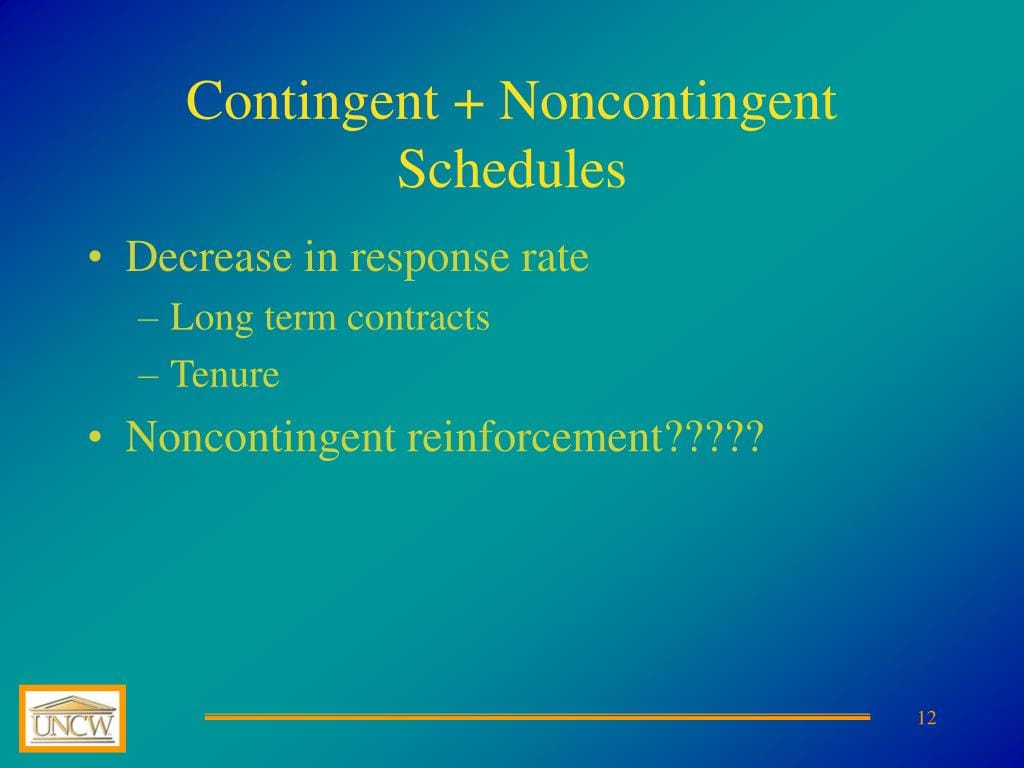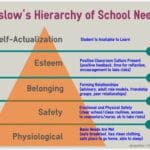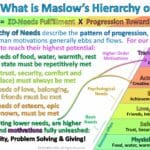Imagine a proactive approach to shaping behavior, one that doesn’t rely on traditional rewards or punishments. This approach, known as noncontingent reinforcement (NCR), can be particularly effective for individuals with autism and others who find traditional methods challenging. This guide provides a practical understanding of NCR, offering clear examples and actionable strategies for implementation.
Decoding Noncontingent Reinforcement
Noncontingent reinforcement (NCR) provides reinforcement on a fixed or variable schedule, regardless of behavior, preemptively addressing unmet needs. It’s like giving a plant regular water and sunlight, regardless of whether it’s bloomed yet. This proactive approach creates a supportive environment where challenging behaviors are less likely to take root.
NCR is particularly useful when dealing with behaviors driven by underlying needs like escape, attention, or sensory stimulation. By regularly fulfilling these needs before they escalate, NCR reduces the motivation for challenging behaviors. While commonly used in autism therapy, NCR’s applications extend to classrooms, workplaces, and even parenting, promoting a calmer environment for everyone.
Implementing NCR: A Step-by-Step Guide
Identifying the Root Cause
The first step is detective work. Observe the individual and try to understand the function of the challenging behavior. Is it attention-seeking? Escape-motivated? Sensory-driven? This functional behavior assessment (FBA) provides valuable insight into why someone is engaging in a particular behavior. Remember, behaviors are often communicative; understanding the message is key.
Selecting the Right Reinforcer
Once you understand the “why,” choose a reinforcer—something the individual genuinely enjoys. This could be a toy, a preferred activity, a short break, verbal praise, or even a brief hug. The key is that it’s tailored to the individual and the behavior’s function. If the behavior is attention-seeking, the reinforcer should involve attention. If escape-motivated, consider a short break.
Establishing a Schedule
This is the “noncontingent” part. Deliver the reinforcer on a fixed or variable schedule, independent of the individual’s behavior.
- Fixed-Time (FT): Deliver reinforcement at set intervals (e.g., every 15 minutes). This provides predictability, which can be beneficial for some individuals.
- Variable-Time (VT): Deliver reinforcement at varying intervals that average out to a specific time (e.g., every 10-20 minutes, averaging 15). This can be more resistant to extinction, meaning the positive effects might persist even after the reinforcement schedule is stopped.
Some experts believe fixed schedules promote predictability, which can be beneficial for those who like routine, while others argue variable schedules are more robust. Ongoing research explores the optimal approach.
Ignoring the Challenging Behavior
This can be the toughest part. Resist reacting to the challenging behavior. Remember, the goal is to break the connection between the behavior and the attention or escape it usually receives. This doesn’t mean ignoring the individual, but rather focusing on delivering the scheduled reinforcement and providing neutral attention during other times.
Integrating with Other Strategies
NCR often works best in conjunction with other strategies, such as teaching replacement behaviors (e.g., functional communication training) or rewarding positive behaviors (contingent reinforcement). This multi-pronged approach promotes a well-rounded behavior management plan. If you are looking for a medical professional who specializes in the diagnosis, treatment, and prevention of diseases of the oral cavity, you should check out the odontologist.
Weighing the Pros and Cons of NCR
Like any strategy, NCR has advantages and disadvantages:
| Pros | Cons |
|---|---|
| Reduces problem behaviors | Doesn’t directly teach new skills |
| Creates a positive environment | Potential for accidental reinforcement of problem behavior |
| Improves focus and task engagement | Fading the reinforcement schedule can be challenging |
| Easy to implement |
NCR and Autism
NCR can be particularly helpful for individuals with autism. Many autistic individuals engage in behaviors driven by sensory needs, a desire for predictability, or difficulty communicating their needs. NCR can provide a sense of calm and control, reducing anxiety and facilitating learning and social interaction.
Real-World Applications of NCR
- Classroom: A teacher provides a short movement break every 20 minutes to prevent restlessness.
- Workplace: A manager regularly praises employees to boost morale and reduce negativity.
- Parenting: A parent gives a child regular hugs and attention throughout the day to prevent attention-seeking behaviors.
- Autism Therapy: A therapist provides a break every 15 minutes to a child who engages in disruptive behavior to escape tasks. In abdominal imaging, there’s a potential space between the transverse colon and the parietal peritoneum that’s called the paracolic gutter.
The Future of NCR: Ongoing Research
Research on NCR is ongoing, suggesting directions for improvement. Some experts believe combining NCR with functional communication training, teaching individuals how to express their needs, can enhance outcomes. There is also exploration of the most effective ways to personalize NCR and adjust reinforcement schedules.
Contingent vs. Non-Contingent Reinforcement
Understanding the difference between contingent and non-contingent reinforcement is crucial. Contingent reinforcement rewards specific desired behaviors; NCR provides reinforcement regardless of behavior. Recognizing this distinction is key to selecting the appropriate strategy for behavior change.
Non-Contingent Attention: A Closer Look
Non-contingent attention (NCA), a specific form of NCR, proactively addresses attention-seeking behavior by providing regular positive interaction. Examples include scheduled praise, brief conversations, and shared activities. NCA reduces the need for negative attention-seeking by consistently filling the “attention tank.”
Conclusion
NCR is a valuable tool for proactively addressing challenging behaviors. While not a quick fix, it offers a relatively simple and effective way to create a more positive environment and improve well-being. It’s important to remember that effective implementation may require patience, observation, and adjustments. The ultimate goal is to find what works best for the individual and create a more supportive and understanding environment.
- Unveiling Bernhard Caesar Einstein’s Scientific Achievements: A Legacy in Engineering - July 15, 2025
- Uncover who is Jerry McSorley: CEO, Family Man, Business Success Story - July 15, 2025
- Discover Bernhard Caesar Einstein’s Scientific Contributions: Unveiling a Legacy Beyond Einstein - July 15, 2025
















2 thoughts on “Understanding Noncontingent Reinforcement: A Practical Guide with Examples for Autism and Beyond”
Comments are closed.